OSRAM Xenarc Cool Blue Boost
The OSRAM Xenarc Cool Blue Boost bulbs are a line of HID headlight bulbs. They are available in several different fittings – D1S, D2S, D3S, and D4S. The bulbs are sold in packs of two. The retail cost of a pack of Xenarc Cool Blue Boost bulbs ranges from about £210 to £260, depending on the bulb fitting.
As the name suggests, the Xenarc Cool Blue Boost bulbs produce a very blue light. The bulbs have a colour temperature of 7000K. The average HID bulb, by comparison, is typically somewhere between 4200K and 4600K—much lower than the Xenarc Cool Blue Boost. If you’re replacing standard HID bulbs with Xenarc Cool Blue Boost bulbs, you’ll probably notice the difference right away, although OSRAM notes that it can take up to 20 hours of use for the bulbs to reach their ideal colour temperature.
Many drivers prefer the Xenarc Cool Blue Boost bulbs because of this cooler colour temperature, which makes their light appear brighter and closer to natural daylight. Unlike some bulbs, which are tinted blue to give the appearance of a xenon bulb, the Xenarc Cool Blue Boost bulbs achieve this cooler look without sacrificing brightness.
Although they appear quite bright, Xenarc Cool Blue Boost bulbs are not street legal. In general, bulbs with a colour temperature that exceeds 6000K are considered to be styling bulbs only. Be sure to check your local laws before you install Xenarc Cool Blue Boost bulbs in your headlights, unless you plan to stay off the road.
OSRAM Xenarc Cool Blue Intense
The OSRAM Xenarc Cool Blue Intense bulbs are also HID headlight bulbs. Like the Xenarc Cool Blue Boost bulbs, they are available in D1S, D2S, D3S, and D4S fittings. While the Xenarc Cool Blue Boost are sold in packs of two, the Xenarc Cool Blue Intense can be purchased as single bulbs or in a twin pack. A pack of two retails for about £120 to £170.
Like the Xenarc Cool Blue Boost, the Xenarc Cool Blue Intense bulbs are known for their bright white-blue light. With a colour temperature of 6000K, the Xenarc Cool Blue Intense are more white than blue. Unlike the Xenarc Cool Blue Boost, the Xenarc Cool Blue Intense bulbs are street legal, thanks to their slightly lower colour temperature. The Xenarc Cool Blue Intense produces a light up to 20% brighter than standard HID headlights, making them perfect for use as headlights.
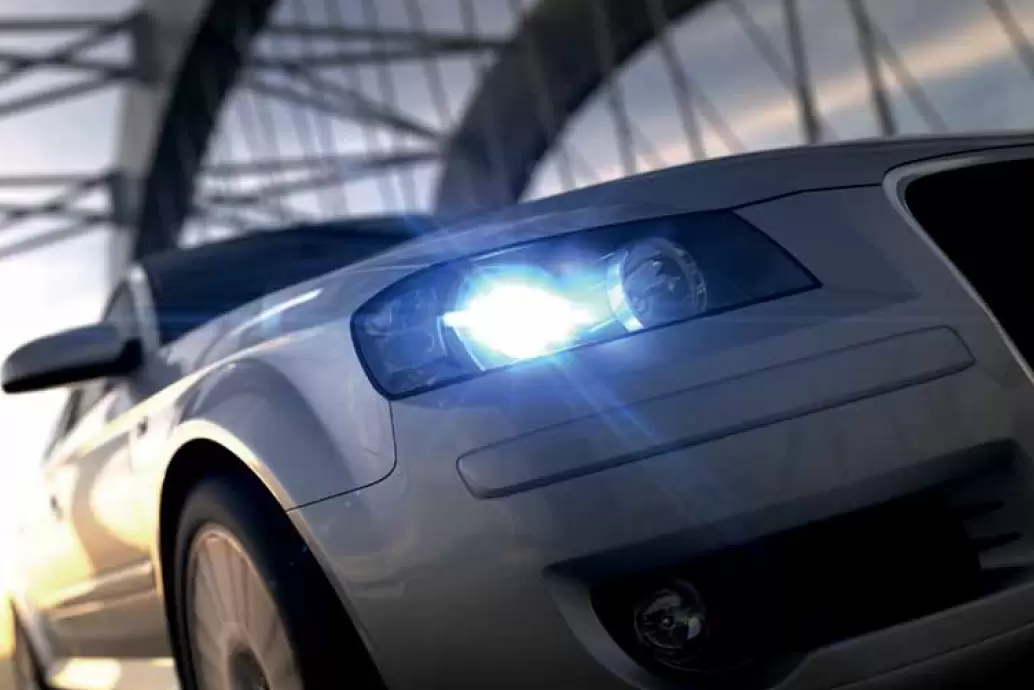 Which Is Better?
Which Is Better?
If you’re having a tough time choosing between the Xenarc Cool Blue Boost and the Xenarc Cool Blue Intense, consider where you plan to use your bulbs. If you want the bluest light possible, and you’re willing to pay a little extra for it, the Xenarc Cool Blue Boost is an excellent bulb. But if you’re planning on taking your vehicle on the road and want the best performance while still achieving a stylish look, the Xenarc Cool Blue Intense is the way to go.
If you like the Xenarc Cool Blue Boost and Xenarc Cool Blue Intense bulbs, but don’t have HID headlights, OSRAM makes a halogen version of both lines. These are great if you want the look of xenon but don’t want the hassle of switching to HID bulbs.
Whichever bulbs you choose, you’ll want to make sure you purchase your OSRAM bulbs from an authorized retailer like PowerBulbs. Otherwise, you may end up with fake bulbs that won’t deliver the performance you expect.














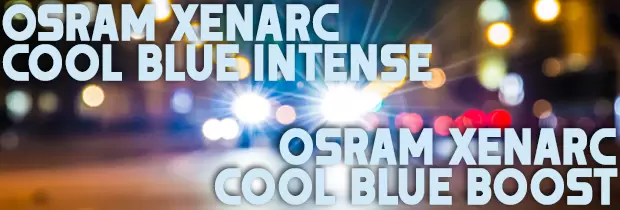
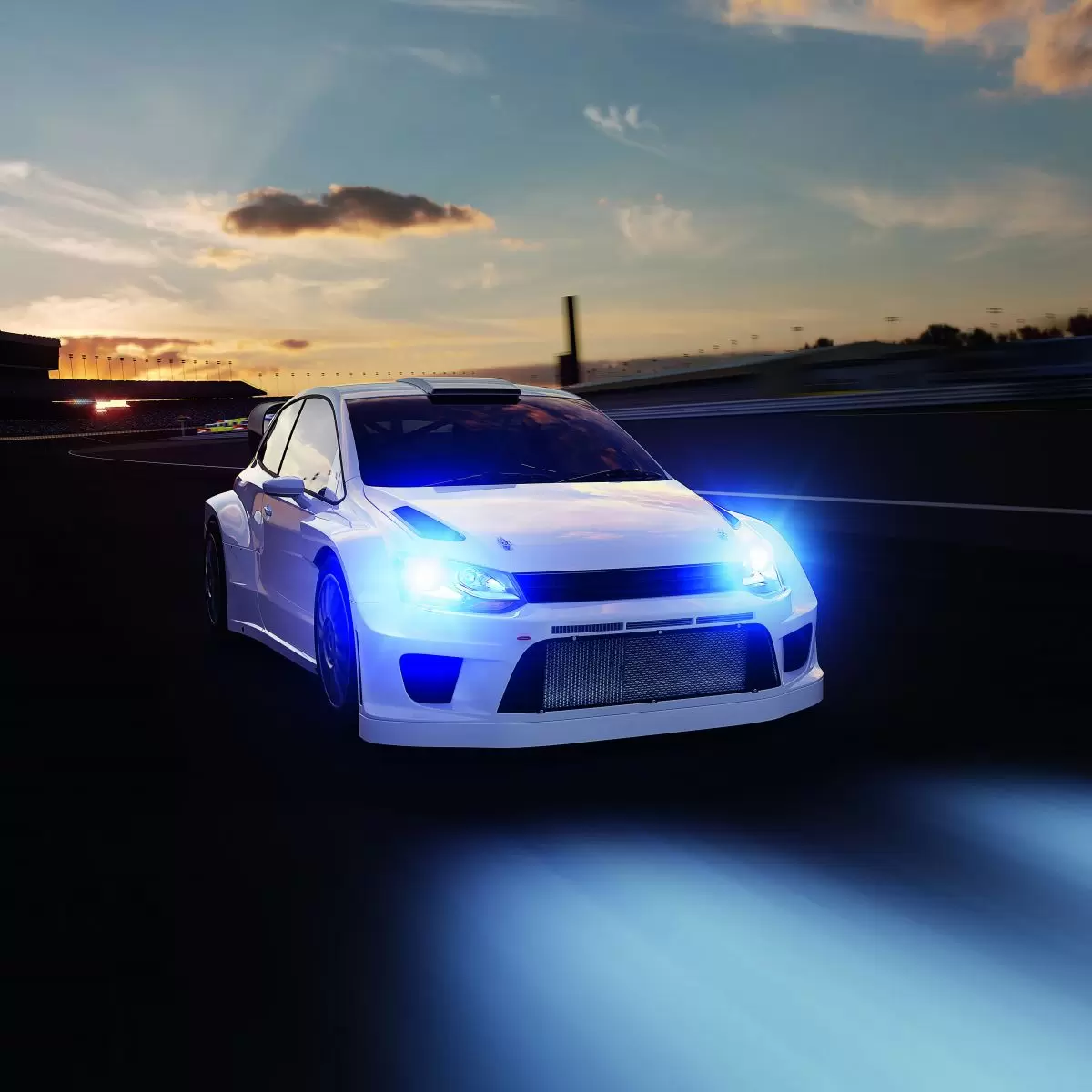
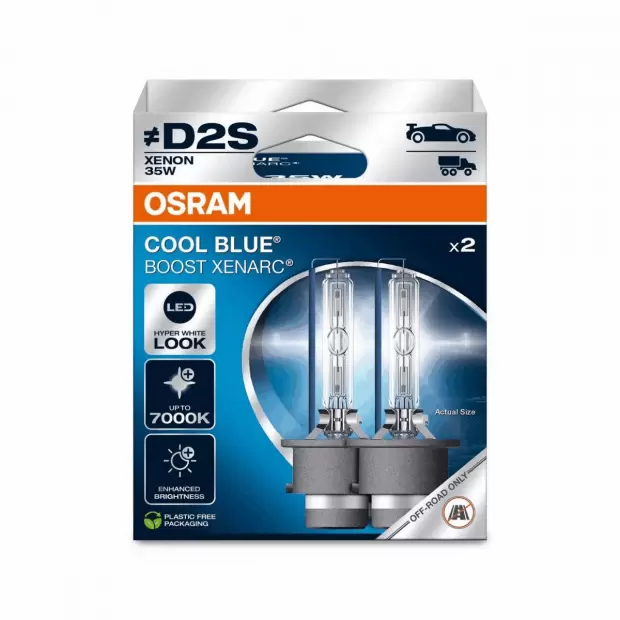
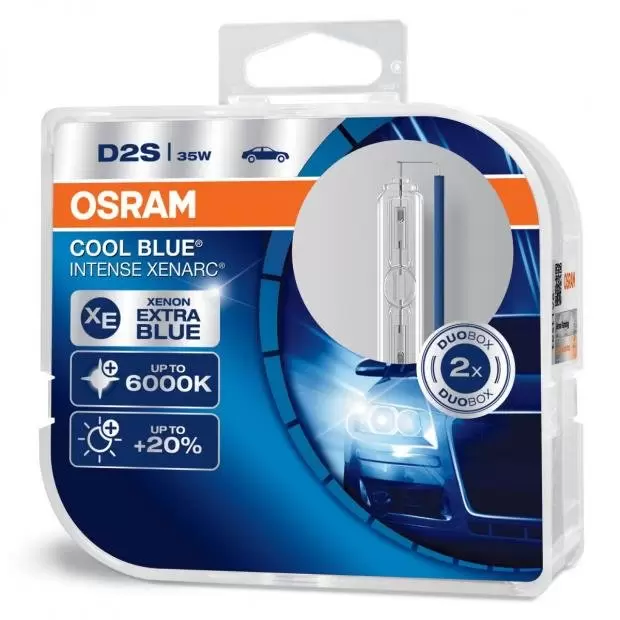












 Close
Close